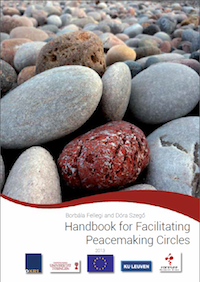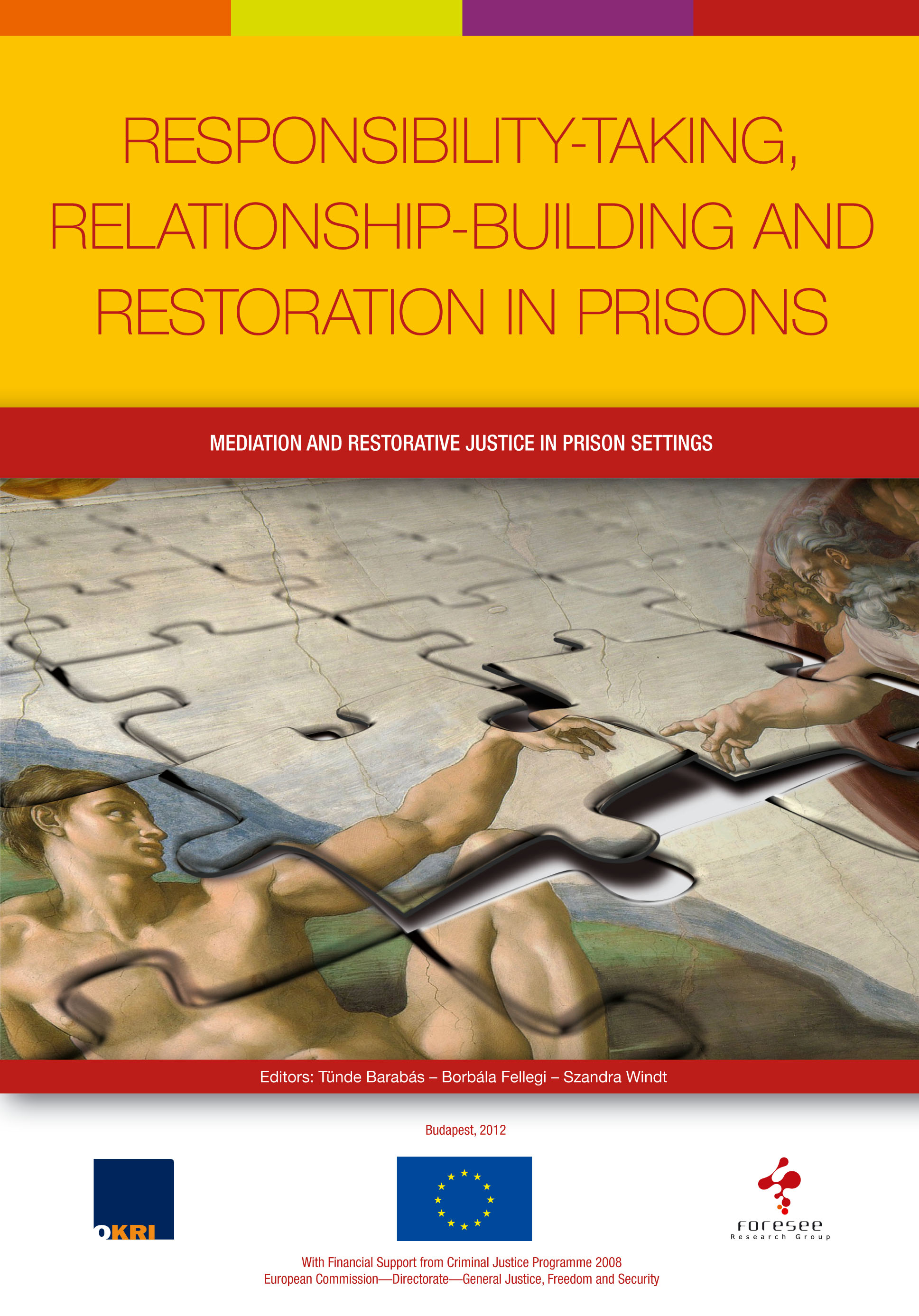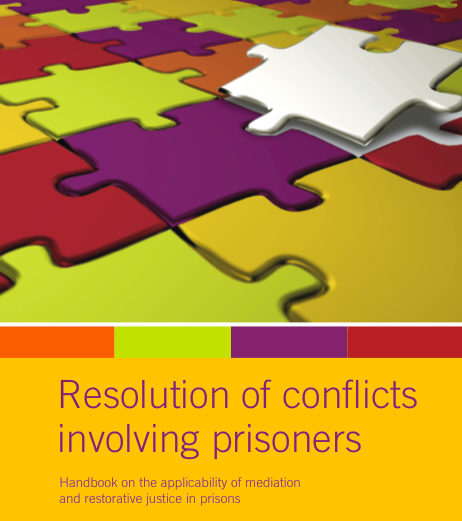The majority of the 25 students who signed up for the course were people with degrees from related areas of expertise, many amongst them leaders of various institutes.
The training introduced the approach, practice, and applicability of alternative dispute resolution in cases of community-wide conflicts with the help of team excersises, role playing and screenings.
The aim of the training was to enable the participants to: identify community conflicts, find the main figures of said conflicts, identifiy their needs, feelings, competences, resources and aims; get to know the models of multi-person dispute resolution meetings, the preparation, tools and conduction of such a meeting; see clearer the roles a „third person” can fulfill in a community conflict; understand the logic behind the reasoning.
Main subjects of the training were:
- An overview of the system of conflicts
- Defining alternative dispute resolution and community conflicts
- Identifiying the persons involved in a conflict, the needs, feelings and goals of these persons
- The importance of communication
- The composition of conflicts: the tip of the iceberg and what’s underneath
- The importance, possibility and models of involving a third person
- Possible roles in a dispute management situation
- The pre-determination of the group of people involved in dispute resolution, the importance of their involvement
- Preparing and conducting an alternative dispute resolution session
- Theoretical summary of the methods and principles of ADR
- Proactive and reactive conflict resolution methods
- The possible implementation of ADR in self’s area of expertise
According to the verbal and written feedback, 85% of the students were satisfied or very satisfied with the training, and named learning through own experience,the rate and synthesis of theory and practice, the various examples, the cases and movies, and the structure of the training as some of the training’s strongest assets.














No comments